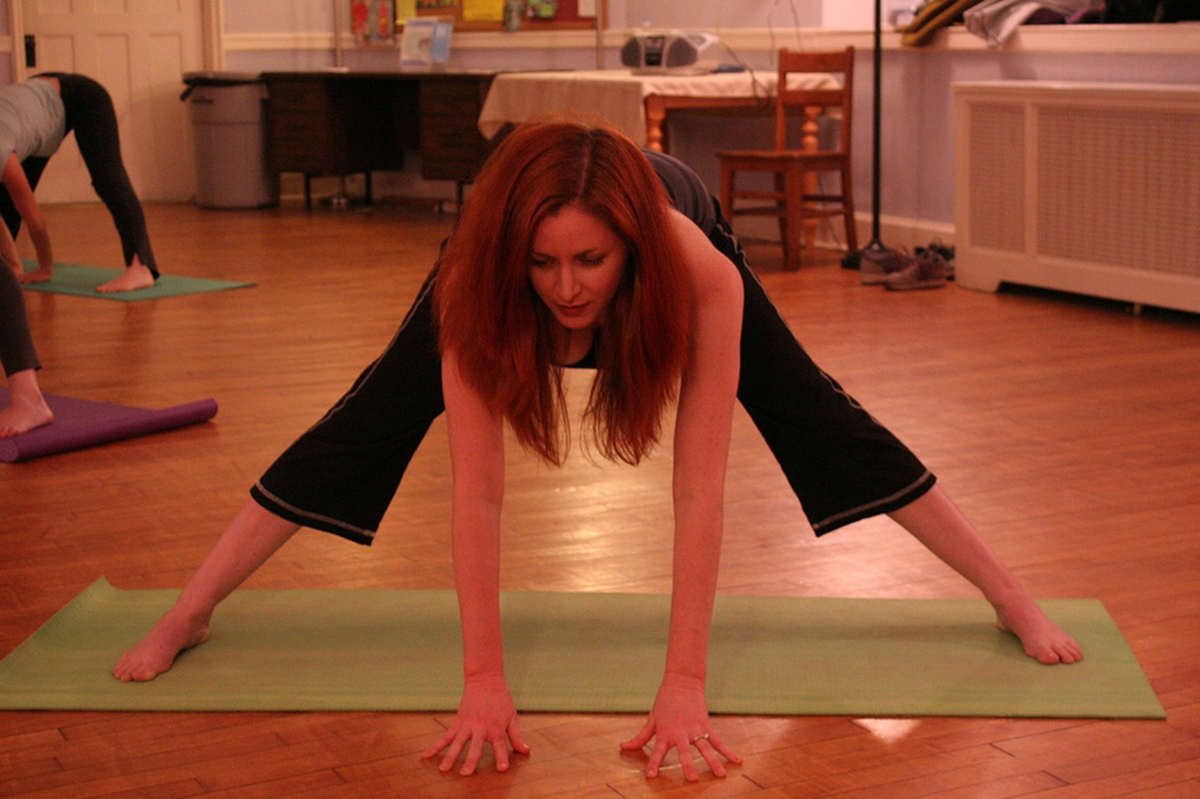Table of Contents
Fibromyalgia is a real and stubborn medical problem that doesn't usually respond very well to medication. The right kind, the right amount, and the right intensity of exercise, however, can reduce pain.
Dr Ellingson believes regular, mild exercise may train the brain to be less responsive to fibromyalgia triggers and more in tune to the rest of the human experience. People who have fibromyalgia who just workout for 20 to 30 minutes a few times a week may activate the insular cortex often enough that their symptoms become less severe.

These findings, of course, are hardly unique. There have been over 800 studies of the use of exercise in reducing fibromyalgia pain. Some of the key findings of research that relate to ordinary people who just want to have less pain without trying yet another drug include:
- "Isometric yoga," holding yoga poses to stretch and warm muscles, sometimes provides pain relief when medications don't work. A 20-minute session, preferably with an instructor, usually is enough to make a difference. It isn't necessary to do asanas (positions) that cause pain to get benefits from this form of exercise.
- Doing qigong every day for six to eight weeks can result in reductions in pain that can last for four to six months even if the practice is discontinued. With qigong, the studies show that the more you practice, the less you hurt.
- Exercise often eases depression. One study found that many people who have fibromyalgia also have obsessive-compulsive disorder or anxiety disorders, and that exercise greatly reduces the symptoms of those conditions, too.
- How tired you feel after you work out, if you have fibromyalgia, is not necessarily related to how hard you work out. Just going for a walk can be exhausting. Generally, exercise to the point of exhaustion, of simply not being able to lift a heavier weight or not being able to continue walking, running, or swimming, does not help with fibromyalgia pain relief. Exercising only to a point less than exhaustion is what is needed for pain relief. However, expanding aerobic capacity or building new muscle still requires a hard workout. Most people who have fibromyalgia don't have a problem with choosing to work out less.
- Exercise can change the way selective serotonin reuptake inhibitors (SSRI antidepressants, for example, Prozac) work. This effect may be unpredictable.
- In fibromyalgia, exercise may temporarily reduce the potency of certain parts of the immune system. The immune system is less able to attack bacteria, for up to 24 hours, after a workout. This means it is important to wash hands after using shared equipment and more important to dry out carefully after using the locker room.
- Weight-lifting and strength-building exercises can improve quality of life, and build self-esteem, but they don't offer many benefits for pain management. The fact that you have fibromyalgia changes the way your muscles are able to build new tissue when you work out. Protein supplements and workout drinks simply don't have the same effect as they do in people who don't have your condition. They are more likely to be turned into fat (although they don't go "straight to fat") than to muscle, but that doesn't mean you should not get all the protein and carbohydrate you regularly need when you are working out to build muscle strength.
All of these suggestions are also useful in trigeminal neuralgia treatment.
- Oka T, Tanahashi T, Chijiwa T, Lkhagvasuren B, Sudo N, Oka K. Isometric yoga improves the fatigue and pain of patients with chronic fatigue syndrome who are resistant to conventional therapy: a randomized, controlled trial.Biopsychosoc Med. 2014 Dec 11. 8(1):27. doi: 10.1186/s13030-014-0027-8. eCollection 2014.PMID: 25525457.
- Sawynok J, Lynch M. Qigong and fibromyalgia: randomized controlled trials and beyond. Evid Based Complement Alternat Med. 2014. 2014:379715. doi: 10.1155/2014/379715. Epub 2014 Nov 12. Review.PMID: 25477991.
- Photo courtesy of Synergy by Jasmine via Flickr: www.flickr.com/photos/synergybyjasmine/6808423485
- Mind map by SteadyHealth.com
- http://www.prevention.com/fitness/fitness-tips/best-workouts-chronic-pain-and-fibromyalgial http://www.webmd.com/fibromyalgia/fibromyalgia-pain-10/fibromyalgia-exercise-one-step-time

